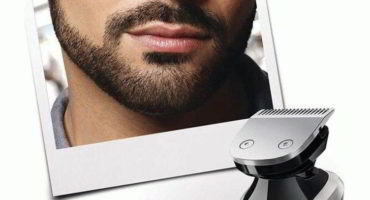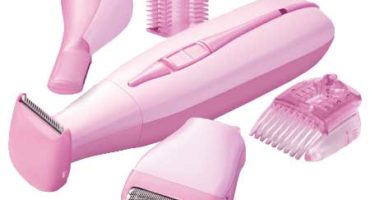Today, more and more women and men give preference to a universal device - a hair trimmer, which has become a necessary element of personal hygiene and appearance care. Saving time and money is what the device offers its owners. Along with the growing popularity of the device, the relevance of questions is growing: how to use the trimmer, what are the basic rules for care and storage, for which parts of the body is the device intended, etc.?
The principle of operation of the trimmer, recommendations for use
What is a trimmer and types of hair trimmers.
More and more men are replacing scissors, razors, barbershops and professional hairdressers with home trimmers. And this is understandable - the hair trimmer is relatively inexpensive, it is intended for personal use, therefore, it is safer than its salon analogues, it is convenient, compact, versatile and always at hand.
Many mistakenly assume that the trimmer is the same hair clipper, only with a modern foreign name. However, the function of the device is not only to trim, but also to trim the hair, which can be considered a great advantage of the device. The trimmer is a device for cutting and trimming hair, which is equipped with a kind of scissors and a razor.
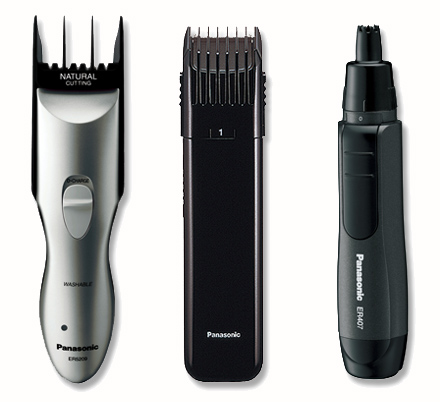
Figure 1. Hair trimmers
Before you purchase a device you need, firstly, to figure out for hair what part of the body it is intended, and secondly, what characteristics are in the priority of the future owner.
Types of Trimmers
In general, devices can be divided into the following types and subspecies:
- Women's (bikini or intimate trimmers, for cuticles, armpits, eyebrows) or male (mustache and beard trimmers, for head hair, for nose and ears, eyebrows, for the body);
- Trimmers for face or body;
- Professional or for home use;
- Universal or highly specialized.
When choosing a device, you need to consider:
- female - designed for more delicate work with sensitive female skin, in order to avoid damage to delicate skin (bruises, abrasions, cuts) devices are equipped with additional protective nozzles;
- universal - thanks to interchangeable blades and nozzles, can be used for various parts of the body;
- highly specialized - they cope well with one or two specific tasks, for example, trimmers for a mustache and beard, nose and ears, for eyebrows, for a bikini zone, etc .;
- the ability to set the length: varies from 0.5 mm to 10 mm;
- type of power, also an important characteristic of the device. Trimmers for nose and ears, for eyebrows mainly work on batteries, models with high power work on mains or battery, there are also models with a combined type of power (mains with autonomous);
- blade material: either stainless steel or ultra-modern titanium, carbon, ceramic coatings, there are, of course, metal blades, however, the latter fail relatively quickly (tear off the hairs, become rusty, the blades become dull);
- Modern device models have additional advantages: backlight - for hard-to-reach spots, laser guidance - to create an ideal contour, self-sharpening the blade, charge indicator, vacuum container for cut hairs, etc.

Figure 2. Highlighting trimmer for nose and ears
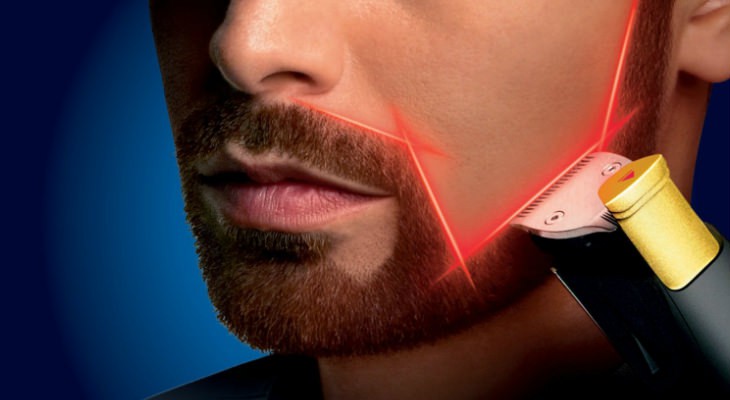
Figure 3Laser Guided Beard Trimmer
Of course, there are other nuances that you need to consider when choosing - this is the care of the blades, and the possibility of wet cutting, battery life, ergonomics. Before purchasing, you need to remove the device from the package, hold it in your hand, feel its weight, convenient location of the case, lack of slipping, the availability of control buttons while holding the device with one hand. Also, you should not get carried away with inexpensive models, most likely, they will not last for a long time, you should not take expensive professional trimmers, for personal care you can buy home-made analogues of the device at a more loyal price.
Correct trimmer selection - the key to convenient work and the desired result.
How to use a trimmer?
The principle of operation of the hair trimmer is quite simple, however, to get the desired result, to give an accurate contour, you will have to adapt to its use and to the technique of contouring a beard and mustache.
Familiarization with the instructions for use is the first and most important part of working with the device. Before you start working, you must carefully read the instructions that show which nozzles and modes to use to get a specific result, how to use the trimmer correctly, how to store it correctly, what safety measures should be observed when working with the device.
For example, some models work with wet mode, while others are forbidden to use on wet hair; some devices require careful care, while others are enough to shake and brush; there are models, the use of which, possibly, in the already switched on mode, meanwhile, some must first be brought to the treated hairline, and then already included, etc.
It is necessary to carefully read all the points in the instructions, and only after that start work.
Various nozzles, combs are used to control the length of the hair, the number of nozzles varies based on the configuration of the device, usually these are nozzles from 0.5 mm to 10 mm.

Figure 4. Universal device with nozzles
Nozzles are not used for cutting hair as close to the skin as possible. Using the appliance without nozzles usually guarantees a hair length of up to 0.5 mm (short haircut). The nozzle is used to give the hair the required length, it is installed on the device turned off.
For a more effective result during operation, you need to hold the device against hair growth. At the first use, it is advisable to start work with a nozzle for the maximum hair length in order to understand the principle of operation with the device and, if necessary, correct the result.
To obtain a uniform result, it is necessary to hold the device close to the skin, and do not make sudden movements.
The device requires proper care and storage. After each use, it must be cleaned.

Figure 5. Brushing the device
Cleaning the device depends on its type, purpose, features of this model. All models, without exception, are forbidden to be cleaned with aggressive agents: abrasive, iron washcloths, corrosive liquids. Any non-observance of the care rules can lead to a blunt blade, to scratches and defects on the case, blade and nozzles, which will subsequently adversely affect the quality and result of the device. Typically, devices are cleaned with a special brush, which is included with the device. Some models can be washed; there are models that require more detailed cleaning and oiling.
It is recommended to store the device with all components in the device box, which usually has separate compartments for all parts of the device. It is also not recommended to store the device in the bathroom or in high humidity.
On the site you can also read an article about pet clippers.
Beard and Mustache Trimmers
Probably the most interesting in use are devices for mustaches and beards. Modeling a mustache and beard requires some simple skills and a little time.
If removing hair in the nose and ears or smoothing the eyebrows is not difficult, then for the contouring of a symmetrical beard it is necessary to master the sequence of work and the skill of movement.
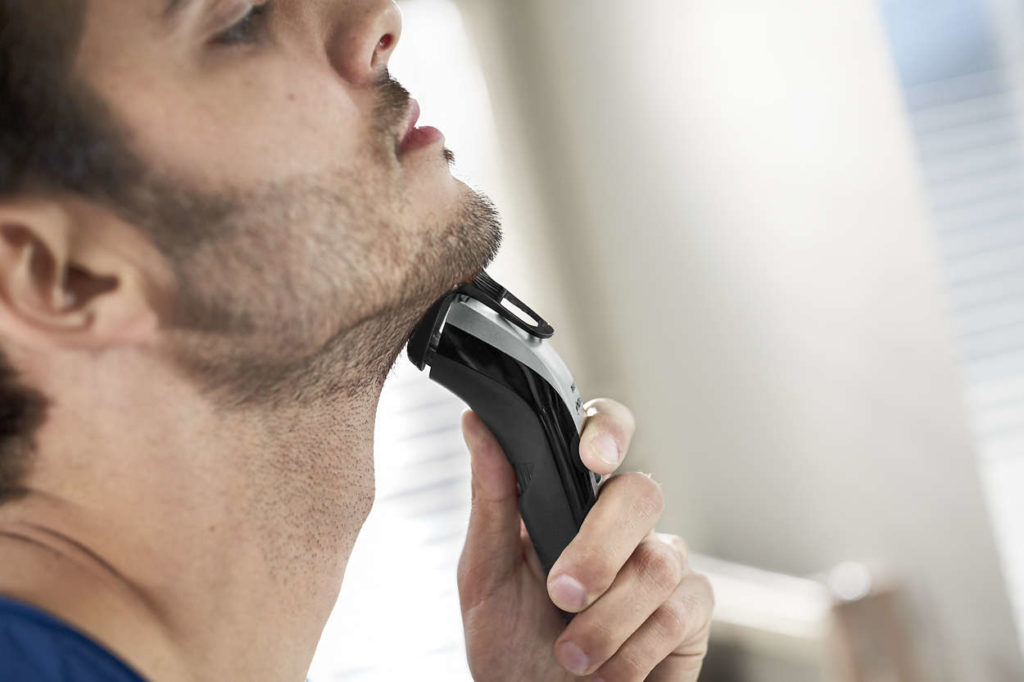
Figure 6. Beard and mustache trimmer
Modern models make it possible to create any kind of beard: the effect of five-hour facial hair, three-day stubble, goatee, Hollywood, skipper beard and other types of beard and mustache. The result depends on the imagination, oval of the face and facial hair.
Before starting work, it is necessary to cleanse the hair of sebum and other dirt. To do this, wash the beard with shampoo, you can use air conditioning. Dry hair is combed in the direction of hair growth, from top to bottom, to smooth out all the hairs. These simple procedures will provide an even result.
When modeling a beard and mustache, it is first necessary to determine the optimal length of the beard. If the beard is very long, you can first shorten it with scissors, and then proceed to modeling directly with the device. Work with a beard must begin with one part of the face, moving sequentially from one ear to another.
The device first needs to create a flat beard surface, then, using the appropriate nozzles:
- Form the desired length;
- Give the correct contour starting from the ear line;
- Orient on the sharp part of the beard cone, which should be in the center;
- When forming whiskers, you need to remember the hair of the temporal part;
- Hold the device at an angle when modeling oblique lines and bends;
- After the design of the beard, you can do the mustache, modeling the area near the lips and the upper contour;
- Using the device, give the hair on the neck a contour, perform further actions using a razor;
- If the model is not equipped with an appropriate vacuum container, take care of additional measures to collect the cut hair;
- Clean the device according to the instructions.
May be useful: pros and cons of a t-razor.
How to use an eyebrow trimmer?
Externally, the model for eyebrows resembles a wide handle with a flat line of the blade. Unlike the device for nose and ears, this trimmer is suitable for shaving bikini areas, can be used to trim the hair on the neck, giving a clear line to the sideburns.

Figure 7. Eyebrow trimmer blade and nose and ear head
The device is quite simple to use, the main thing is that the hand does not tremble when working with it. Do not forget about safety measures: beware of the eye area, keep the device away from the eyelashes, try the new device in a closed area of the body and only then go to the face.
To shape the eyebrows, you need:
- Comb eyebrows, lifting up;
- Walk with a device with a nozzle along the entire length of the eyebrows, getting rid of long and protruding hairs;
- Walk the device without a nozzle under and above the hairline - creating an eyebrow contour.
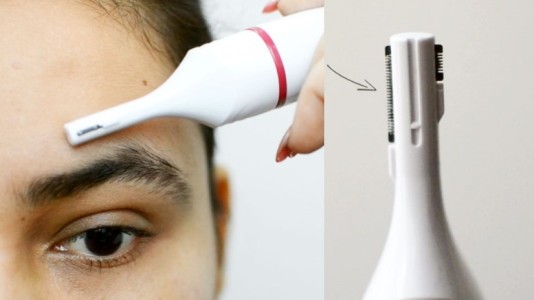
Figure 8. Eyebrow trimmer
Subject to these simple instructions and rules for use, the device will last a long time and will delight you with the result of work.
On our site you can also read. how to choose electric grass trimmer.


